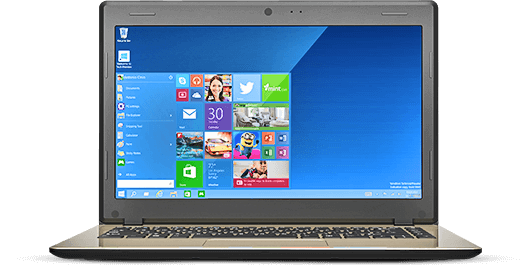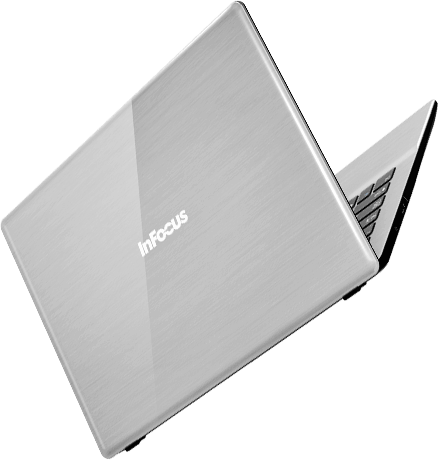Ever find yourself thinking how it’s possible to completely drain your battery within a matter of hours, even after the device has been charging all night?
There are loads of different reasons as to
why our batteries aren’t lasting. Whether it’s keeping our Wi-Fi activated while out of the house, or having the brightness of our screens on full tilt, we’ve all become aware of what the sources of the problem are. But, what about the apps you use?
Well, it may surprise you that many of the most popular apps on the market are to blame for your low battery life, but which ones are the worst? We’ve put together
7 apps which are the worst for draining your battery.How to use this article:
We strongly recommend to follow as many of these instructions as you can, in order to start making the most of your battery. It may not be necessary for you to apply all of the changes listed, however if you find that your battery is still not lasting long enough after adjusting a few, you may want to think about applying all of them.
1. Facebook

It may not come as a surpise that Facebook is one of the worst apps for draining your battery. Facebook is constantly requesting information from your device, however it no longer automatically updates itself as it used to (this consumed A LOT of battery even when you wern’t using the app during the day).
First of all, make sure you have the most recent version of the app installed on your device. At the end of 2015, Facebook discovered an error in their apps that was consuming much more battery than was necessary. Facebook found a solution to this problem in October 2015, so double check to make sure you at least have that version.
Using Facebook on a daily basis? It’s normal, but make sure you close the app when you’re not using it, in order to prevent it from working in the background. To do this, you must go into the settings of your device and look for the section that allows apps to automatically update in the background. To do this on iPhone, go to
Settings > General > Update Apps in the Background, and disable the Facebook option.
Many people are also finding that they are not just saving battery, but mobile data, simply by deleting the app completely and using the web version through their mobile’s internet browser.
2. Candy Crush Saga

This game might ring a few bells, as it’s the most downloaded mobile game in the world – ever. Many people believe that the aim of the game is to eliminate rows of candy, but actually, Candy Crush’s ulterior motive is to wipe out your battery completely.
Like most mobile games from King, Candy Crush has the ability to drain your battery while it’s in the background, as the game has to connect to the server every now and then to establish how much time is left and how many lives you have.
So how can you prevent Candy Crush from killing your battery? Well, it’s easy – you need to get into the habit of closing down the app completely while not using the game.
3. WhatsApp Messenger

Just like Facebook, WhatsApp is always running, and always waiting for someone to send you a messaage. The more social activity you have, the faster it’ll eat into your battery – it’s logical right?
So, how can you stop it from being so aggressive? Well, as with Facebook, simply by configuring its function to stop working in the background will save you a ton of data and battery. Why not start making use of
WhatsApp’s PC/Mac version?
If you fancy a change, why not check out why many people are turning to WhatsApp’s biggest rival
Telegram right here.
4. Twitter

How many times are you Tweeting per day? If it’s a lot, then yes, Twitter’s official app is not the best thing for your battery.
So what can you do? Well, luckily, there are many alternatives to the official app, such as
Twidere,
Plume and
HootSuite, that don’t use as much data and battery as the Twitter app. One of the best, hassle-free options is to simply start using Twitter through your mobile internet browser.
If you’re not quite ready to give up the app, you can also prevent it from working in the background (in your device’s settings), and by also making sure the app is closed when not in use.
5. Skype

There are some reports that indicate that the Skype app can actually use up to 30% of your mobile battery each day, simply because it always has to run in the background just in case anyone calls or sends you a message.
There are many guides on the internet that suggest that it’s best to remove the app completely, opting instead for the call features that Facebook and WhatsApp have to offer. Like the other apps, it’s also possible to stop Skype from working in the background, however you may possibly miss calls and messages as you won’t be able to receive the notifcations. As not many people use Skype for instant messaging anymore, this is possibly a viable and easy option.
6. Google Maps

Any GPS application can cause your battery status to plummet in record time because the apps need to constantly connect to their servers in order to locate you on the go. This time, we need to use our common sense in order to save our batteries.
When looking for how to get from A to B, and you already know where you’re going before you set off, plan your route and take a screen shot of the directions or map if need be, before closing the application completely.
Another solution is to not allow the app to use location services. Yes, this may seem a bit contradictory, however if you’re trying to find directions for somewhere in your home city, you’ll at least have a rough idea of where you are, and where you’re going to. If you’re really lost, it takes a few seconds to activate the location services to quickly find your way.
7. Spotify
Spotify is the world’s most popular music-streaming service. “Streaming” is never good for any battery – and many of you will have already experienced drastic battery loss if using the app on a daily basis. There are two solutions that could rectify your battery usage while using Spotify, but to find out which one works best for you, you’ll have to experiment with both.
a) Choose to listen to your music using lower quality audio. Of course, the sound won’t be the same, but if you’ve got a long journey ahead, you’ll be glad of the extra time this will provide you.
b) Activate the
Offline Mode option on your favorite playlists or albums. Yes, this will consume some of your device’s internal memory, however you will no longer be streaming the audio. You can also deactivate it easily when you’re done.
Apps don’t just affect our battery consumption – they can also eat into our mobile data allowance, meaning that many of us can’t make it to the end of the month without having to request or pay for more data from our mobile providers. at the top right of any Facebook page
at the top right of any Facebook page




























